The Guess Who’s 1969 albums
Buy Wheatfield Soul Buy Canned Wheat Although the group was already over a decade old and had already released three albums, the pop career of The Guess Who really got underway with the […]
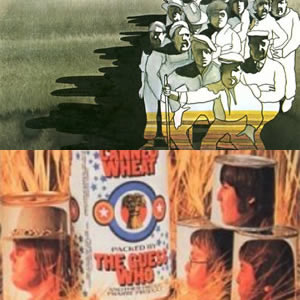
Buy Wheatfield Soul Buy Canned Wheat Although the group was already over a decade old and had already released three albums, the pop career of The Guess Who really got underway with the […]
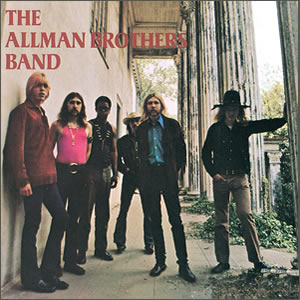
Buy The Allman Brothers Band As a group that became known for their live performances, The Allman Brothers Band did put out a handful of excellent studio albums. The first of these was […]
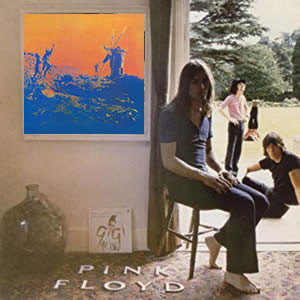
Buy More Buy Ummagumma The recorded output by Pink Floyd during the year 1969 was ubiquitous, original, creative and disjointed. During the year, the group released the LP soundtrack to the film More […]
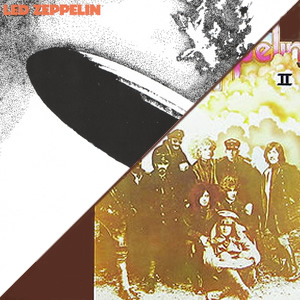
Buy Led Zeppelin I Buy Led Zeppelin II While there have been many fine debuts in rock history, it can be argued that no band ever made such a game-changing splash than Led […]
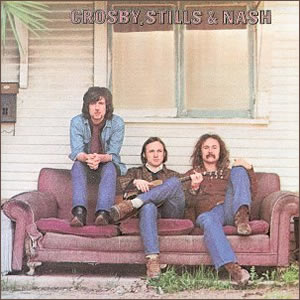
Buy Crosby, Stills & Nash Crosby, Stills & Nash is an extremely rich and influential debut album from the “super group” of the same name. The trio of vocalists / guitarists which forged […]

Buy Bayou Country Buy Green River Buy Willy and the Poor Boys Creedence Clearwater Revival was incredibly prolific in their earliest recording period. Following their self-titled debut album in mid 1968, the group […]
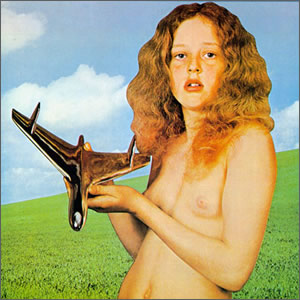
Buy Blind Faith Rising from the ashes of two defunct English rock bands, Blind Faith lived a very short life as a “super group” in 1969. Despite being together for less than one […]
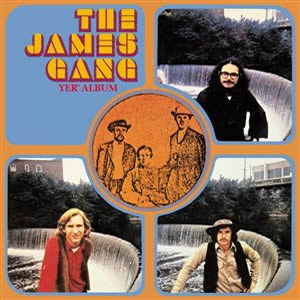
Buy Yer Album Yer’ Album is the debut album by James Gang, displays this power trio’s genius and raw power through the compositions but also shows their lack of recording experience due to […]
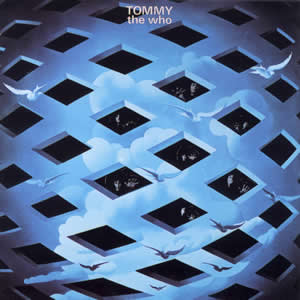
Buy Tommy If any humble reader seeks to be enlightened to the ways of spiritual rock and roll I’d suggest they start with Tommy. The fourth studio album by The Who is a […]
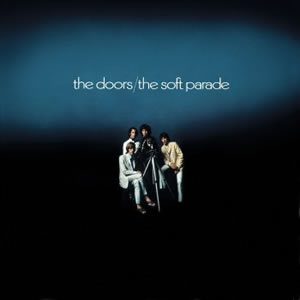
Buy The Soft Parade 1969 was a tumultuous year for the The Doors. The main incident which caused their collective headache happened in Miami in March when vocalist Jim Morrison was arrested for […]